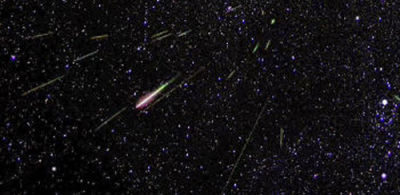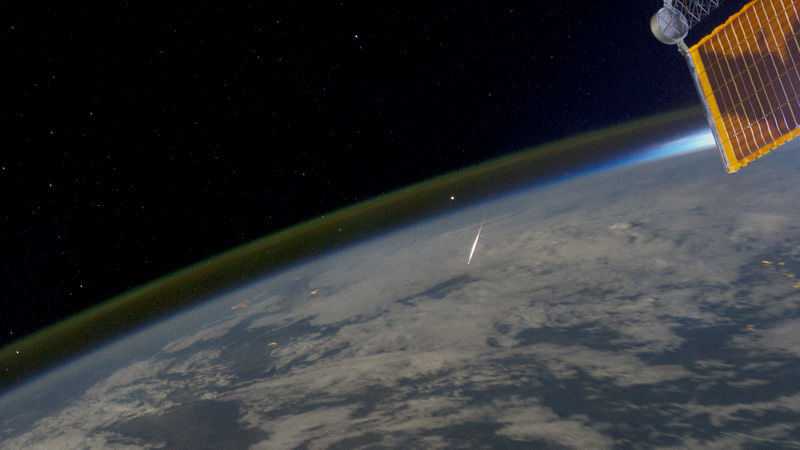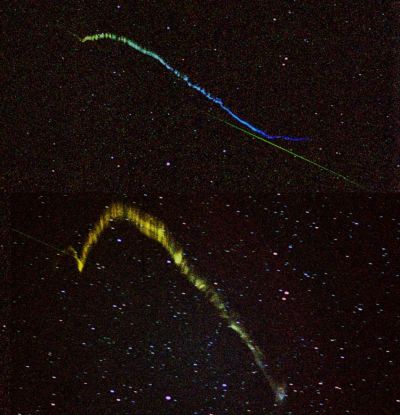The annual Perseid meteor shower is upon us, and this year the dark, moonless sky promises exceptional viewing. If the weather cooperates and the sky isn’t shrouded with smoke from nearby wildfires, this could be a spectacular show.

The Perseid shower peaks between August 12 and 13 this year, so the best time to view them will be after midnight on Wednesday and into the early morning hours on Thursday. With the moon only one day away from its New phase, there will be no moonlight to interfere.
For best viewing, find a location as far away from city lights as possible, where the skies are darker. The San Francisco Bay Area is blessed by a ring of hill and mountain ranges that can provide good shelter from light pollution, so find your local dark spot and throw out a blanket. Just keep in mind that coastal areas are often subject to fog this time of year.
In the South Bay, Henry Coe State Park is a prime spot for meteor viewing, in part due to dark skies, but also because the park entrance is open around the clock all year long.
At Chabot Space & Science Center we’ll open our observatory deck for viewing from midnight to 3 a.m. on Thursday.

